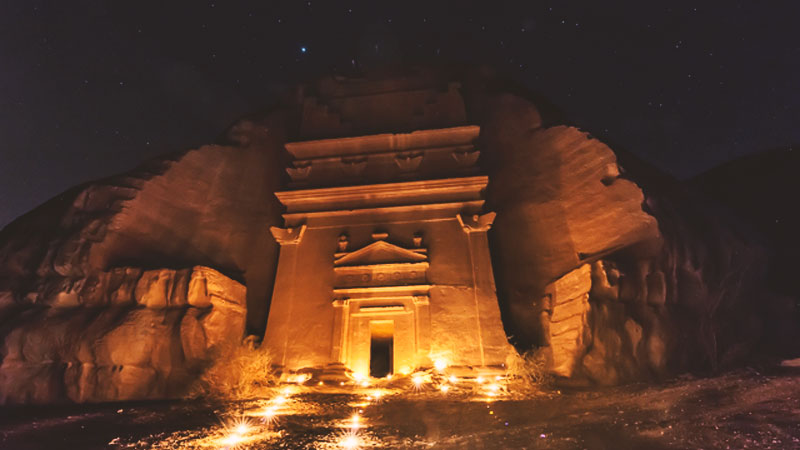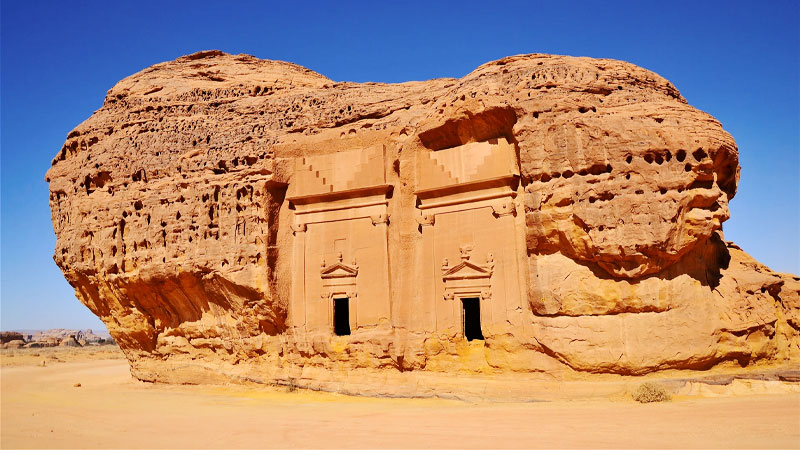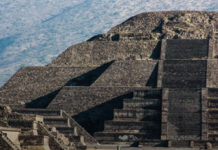
Currently known as Mada’in Saleh, its ruins are located north of the Al-Ula desert, in Saudi Arabia.
The Nabataeans, an often forgotten civilization, used Hegra as an important center of international trade and their culture and architecture can be recognized in Petra’s most famous and visited tourist attraction.
The main city of the Nabataean Kingdom was Petra, located in the territory of present-day Jordan. This civilization inhabited the north of the Arabian Peninsula between the 4th century BC and 1st century AD and the city of Hegra was considered its second capital.
For some, this lack of information about the Nabataeans adds to the mystery and excitement of exploring this relatively untouched site.

Little is known that they were originally nomads who came to exert influence in their region on the incense and spice trade routes and that they had a sophisticated architectural tradition, influenced by the Mesopotamians and Greeks.
The Nabataeans carved temple facades and tombs into rocky cliffs and also produced sophisticated stone monuments.
According to researchers, Hegra has 111 tombs in excellent condition. These structures are scattered throughout the city’s ruins and show clear influences from the cultures of Greece, Rome and Egypt.

The new opportunity for tourists to visit these works is due, in part, to Saudi Vision 2030, a Saudi Arabian plan launched in 2016 to help the country expand in tourism and trade and abandon its current dependence on oil by diversifying its economic resources.
The innovative experience open to interested tourists in Hegra is one of the first steps towards implementing these plans.
Tour guides are carefully chosen and trained to introduce foreigners to the history of a truly unique ancient city.


















